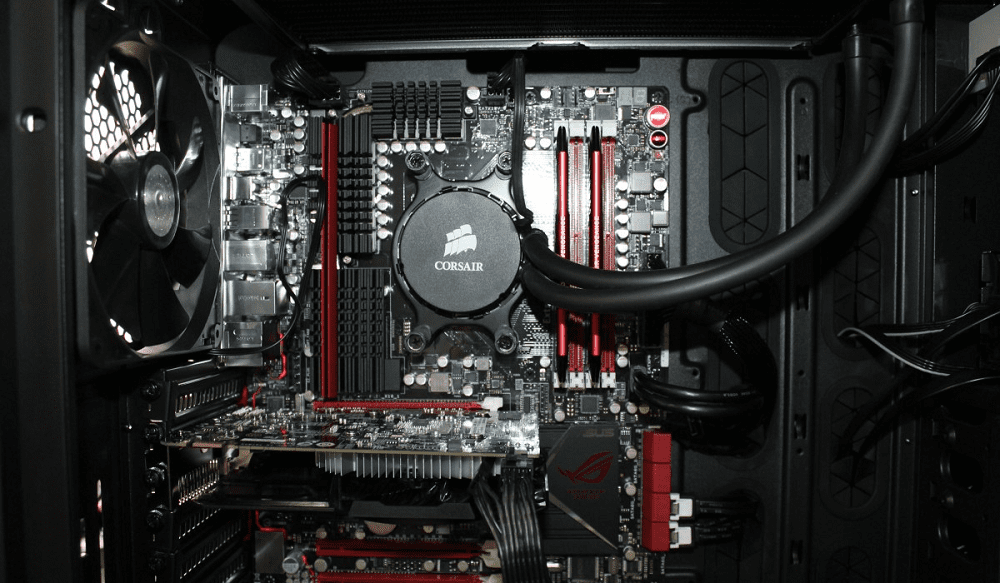The PCI-E bus, specifically, is a high-speed computer bus standard.
It was created as a follow-up to the original PCI and PCI-X standards.
As they could no longer keep up with increased bandwidth and speed demands.

Few, if any, modern PCs make do without PCI-E connections.
Contents
PCI-E vs PCI-X and PCI
There is a significant difference between PCI-E and its predecessors.
Data is transferred from the peripheral to a switch and back.
From where it is transported by the bus responsible for the receiving peripheral.
This setup is more efficient.
It reduces/eliminates the real problem of wait times that throttled PCI and PCI-X speeds.
The improvement in architecture allowed for speeds several times those of previous versions.
PCIs transmission speeds ranged from 133MB/s to 533MB/s, and PCI-Xs went from 533MB/s to 1066MB/s.
Compared to that, PCI-Es first implemented version already allowed for 4GB/s on an 8-lane connection.
PCI-E offers 2.5GHz clock speed support, making it a massive improvement.
Compatibility
PCI and PCI-X.
As different signaling methods are used, PCI-E is not compatible with PCI or PCI-X devices.
However, they are indistinguishable from devices that have suitable types of slots for them.
32-bit cards will function in 64-bit slots.
However, they will once again throttle the available speeds.
64-bit cards wont work (or fit) in 32-bit slots.
PCI-E uses a different and incomparable measure of lanes rather than bits.
In 1993, the first version was implemented.
By 2000, it had become evident that the standard couldnt keep up with demand.
PCI-X was created in 1999.
Just three years later, in 2002, the first PCI-E was implemented.
To be precise, newer versions PCI-E 6.0 have been standardized and updated multiple times since then.
Version 7.0 promises up to 242GB/s transfer speeds a vast improvement over even the current standard.
Conclusion
PCI-E, commonly written as PCIe, stands for Peripheral Component Interconnect Express.
It is a high-speed communication bus used in modern computers.
Unlike the earlier PCI and PCI-X that used parallel connections, PCI-E uses a serial connection.